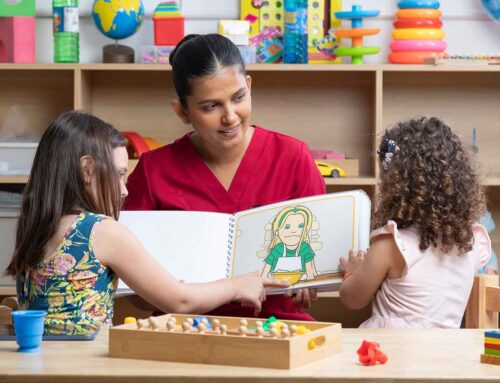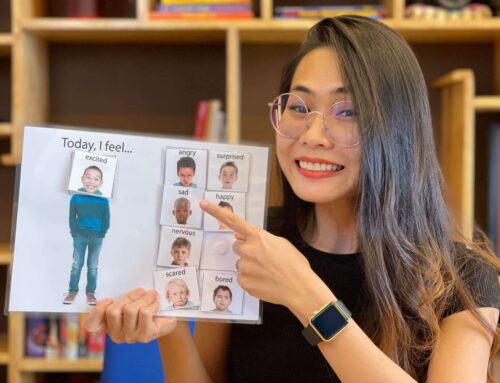Families often ask how AAC (Augmentative and Alternative Communication) supports nonverbal children and whether it will “replace speech.” In practice, AAC does the opposite: it opens communication, reduces frustration, and creates more opportunities for real words to emerge. At OrbRom Center, our therapists use AAC alongside evidence-based speech therapy to help children in Phnom Penh participate at home, in school, and in the community.
How AAC Builds Real Communication
AAC ranges from simple picture boards to robust tablet-based systems. What matters most is a consistent, accessible way for a child to say what they want. When a child can request, refuse, comment, and greet—using pictures, symbols, or a voice output device—behavioral frustrations typically drop and engagement rises. This engagement creates the ideal conditions for natural speech to develop over time.
For parents who want to read more, explore our plain-language guides on Augmentative and Alternative Communication (AAC), how AAC devices help non-verbal children communicate, and practical autism communication strategies. These resources show what to expect and how to practice at home.
What a Good AAC Plan Looks Like
A strong AAC plan is individualized and team-based. First, we assess communication strengths, sensory needs, motor skills, and attention. Then we trial tools (low-tech to high-tech), select a core vocabulary, and teach family routines for everyday practice. Simple routines—mealtimes, play, bath, bedtime—become daily “communication workouts.” To get a sense of progress pathways, see our article on speech therapy for nonverbal children and how structured supports like sentence strips can jump-start language.
Why Start Early—and Locally
Early AAC doesn’t delay speech; it accelerates language by giving children a reliable voice today while building neural pathways for tomorrow. In Phnom Penh, access to trained therapists and parent coaching is crucial so families can implement AAC confidently and consistently across settings—home, school, and community outings.
How OrbRom Center Helps
Our speech-language pathologists use AAC within a comprehensive, play-based approach. We begin with a collaborative evaluation and trial different systems to match your child’s profile. Then we coach parents so AAC becomes part of real life, not just therapy time. If you’re ready to explore next steps, learn more about our Speech Therapy and request an initial Assessment. For children who need a higher level of support, our one-to-one pathway—Special Needs Intensive Intervention—can integrate AAC goals across daily skills.
The Bottom Line
How AAC (Augmentative and Alternative Communication) supports nonverbal children is simple: it gives them a voice now and builds the foundation for future speech. With the right tools, family coaching, and consistent practice, children can share their needs, thoughts, and personalities—and that changes everything.
We are the only Preschool specialized on children with special needs in PhnomPenh.
- Internationally qualified teachers
- Cambodia’s largest sensory room
- Outdoor swimming pool
- Covered outdoor playground
📞 Phone: 077.455.993
Telegram Link: https://t.me/OrbRom






Leave A Comment